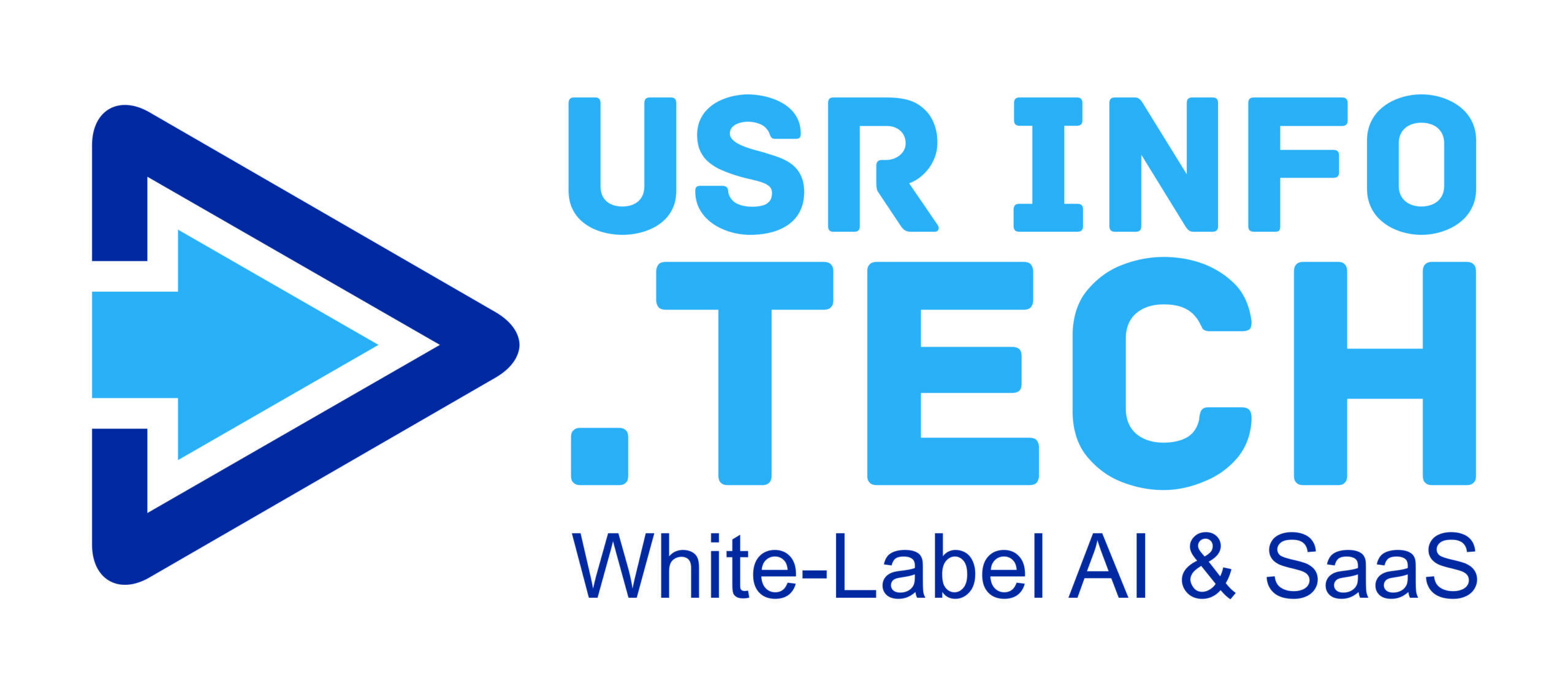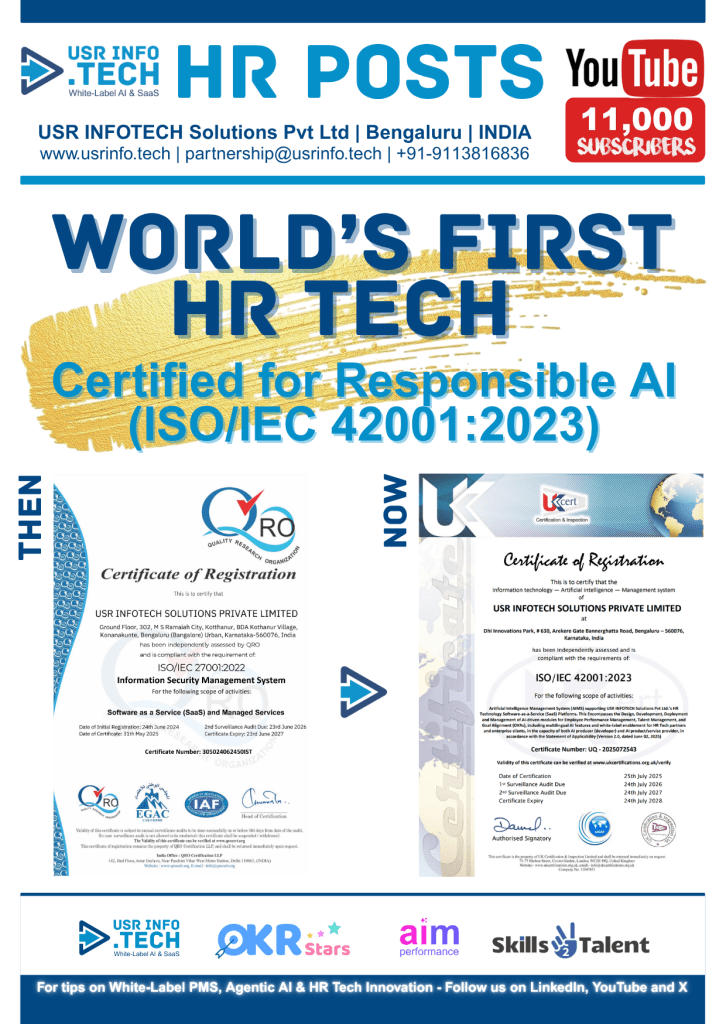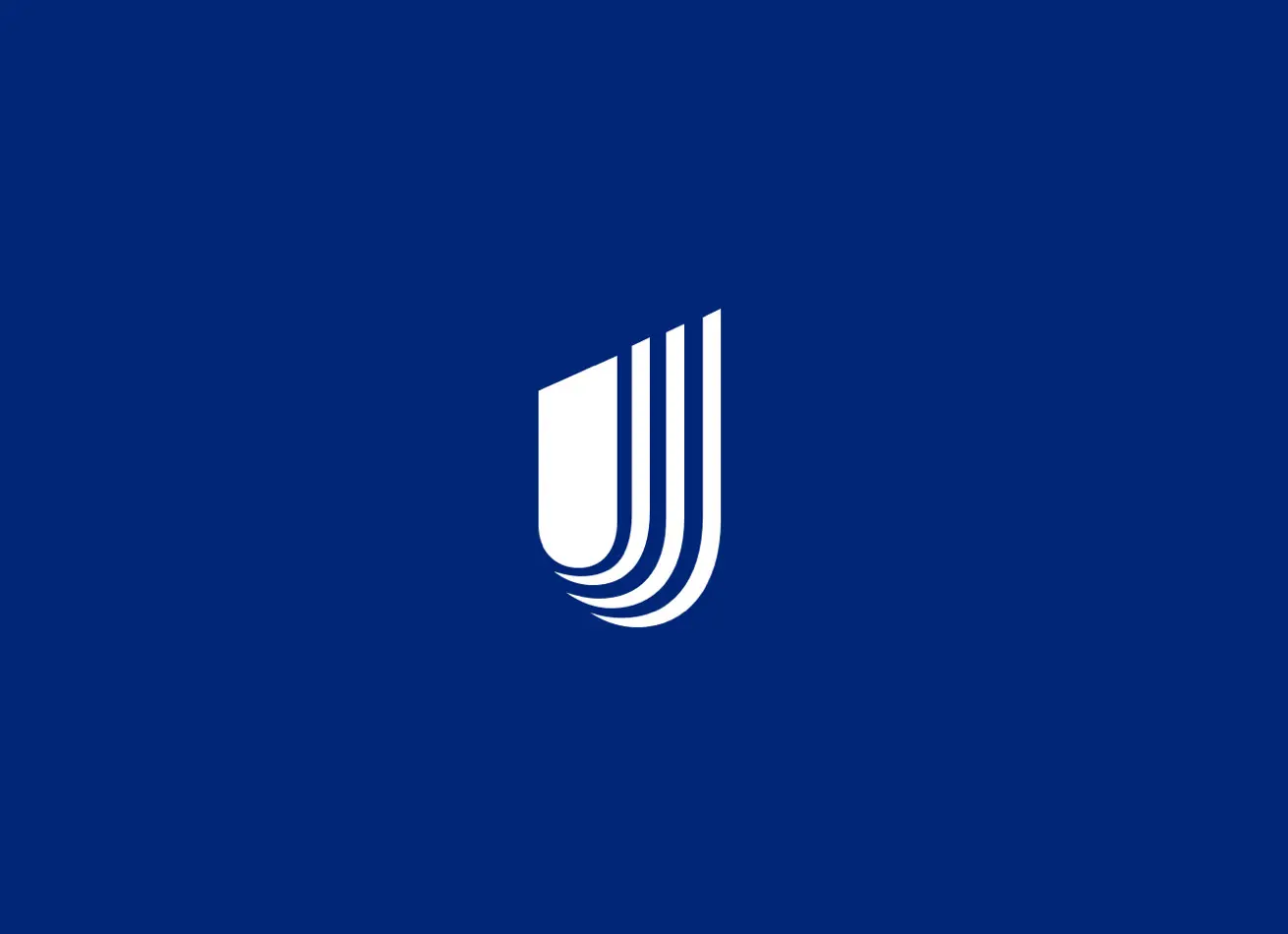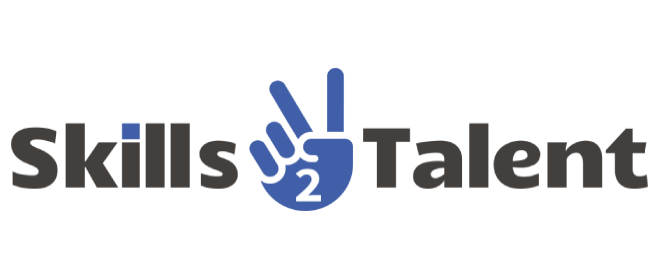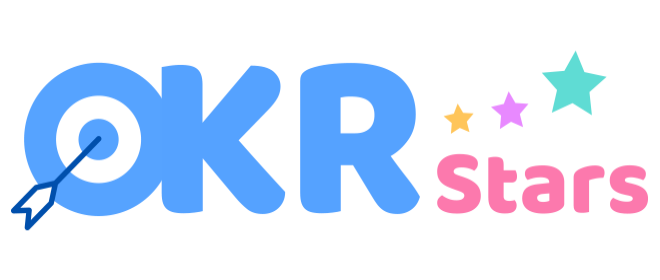In today’s dynamic business landscape, organizations seek methodologies that not only drive short-term gains but also foster long-term, transformative change. Enter OKRs (Objectives and Key Results), a robust framework originating from Silicon Valley giants like Intel and Google, designed to align teams, enhance focus, and propel organizations toward ambitious goals. Driving Systemic Change with OKRs is essential for achieving these objectives and ensuring sustained success.
Understanding OKRs: Unleashing Organizational Potential
OKRs, an acronym for Objectives and Key Results, serve as a North Star guiding organizational efforts. Driving Systemic Change with OKRs begins with setting clear, ambitious Objectives that inspire and challenge teams. These Objectives define what an organization aims to achieve, anchoring efforts in a shared purpose. Key Results, measurable outcomes tied to each Objective, provide concrete milestones that chart progress and ensure accountability.
By employing OKRs, organizations not only clarify strategic priorities but also cultivate a culture of agility and alignment across teams. Transparency in goal-setting encourages collaboration, while the measurable nature of Key Results promotes a results-driven mindset.
Setting the Foundation: Crafting Ambitious Objectives
The foundation of Driving Systemic Change with OKRs lies in crafting bold and ambitious Objectives. These Objectives should stretch teams beyond their comfort zones, catalyzing innovation and resilience. For instance, an Objective such as “Revolutionize customer experience through digital transformation” sets a high bar, prompting teams to rethink processes and leverage technology creatively.
Ambitious Objectives are pivotal in fostering a growth-oriented mindset within organizations. They inspire teams to think innovatively, encouraging them to explore unconventional solutions and push boundaries. By aiming high, organizations not only drive progress but also cultivate a culture of continuous improvement and forward momentum.
Precision in Action: Defining Measurable Key Results
Complementing ambitious Objectives are actionable Key Results that translate aspirations into measurable outcomes. Driving Systemic Change with OKRs necessitates precise Key Results that serve as milestones towards achieving Objectives. For example, if the Objective is to “Enhance operational efficiency,” Key Results could include metrics like “Reduce production costs by 15%” or “Decrease time-to-market by 20%.”
Measurable Key Results provide clarity and direction, empowering teams to track progress objectively. They ensure that efforts remain focused and aligned with strategic goals, enabling organizations to pivot swiftly in response to market dynamics or internal challenges.
Aligning for Impact: Cascading OKRs Across the Organization
Achieving Driving Systemic Change with OKRs requires alignment at every level of the organization. Starting with overarching company-wide OKRs that reflect the organizational vision, these goals cascade down to departmental and individual levels. This alignment ensures that every team member understands their role in achieving broader objectives, fostering a sense of unity and collective purpose.
Regular check-ins and reviews are essential to maintain alignment and momentum. Quarterly OKR evaluations provide opportunities to recalibrate strategies, celebrate successes, and address challenges collaboratively. This iterative process not only enhances transparency but also reinforces accountability and agility within the organization.
Transparency Builds Trust: Cultivating a Culture of Openness
Central to Driving Systemic Change with OKRs is the cultivation of transparency within organizational practices. Transparent communication of OKRs promotes clarity and understanding across teams, fostering trust and collaboration. When goals and progress are openly shared, employees feel empowered and motivated to contribute meaningfully.
Leadership plays a crucial role in promoting transparency by championing open dialogue and accessibility to information. Platforms that centralize OKRs and progress updates enable real-time visibility, encouraging cross-functional collaboration and knowledge-sharing. This transparency not only enhances organizational efficiency but also nurtures a culture of continuous learning and improvement.
Empowering Through Ownership: Autonomy and Accountability
Empowerment through ownership is integral to Driving Systemic Change with OKRs. By granting teams autonomy in defining Key Results and determining execution strategies, organizations foster a sense of ownership and accountability. Empowered teams are more likely to innovate and adapt, driving creativity and efficiency in pursuit of shared objectives.
Leadership support is crucial in empowering teams by providing resources, guidance, and recognition. Clear communication of expectations and regular feedback loops ensure that teams remain aligned with strategic priorities while retaining flexibility in their approaches. This balance between autonomy and accountability not only accelerates goal achievement but also cultivates a culture of empowerment and resilience.
Overcoming Challenges: Navigating Obstacles with OKRs
Implementing Driving Systemic Change with OKRs is not without challenges. Organizations may encounter resistance to change, difficulty in setting realistic Objectives, or struggles with maintaining alignment. However, proactive strategies can mitigate these obstacles and drive successful OKR adoption.
Starting with pilot projects allows organizations to test OKRs in controlled environments, learning and adjusting before full-scale implementation. Training and support programs equip teams with the skills and knowledge needed to effectively set and execute OKRs, fostering confidence and buy-in. Addressing cultural barriers through effective communication and leadership further strengthens organizational readiness for change.
Measuring Success: Assessing Impact and Iterating
Measuring success is fundamental to Driving Systemic Change with OKRs. Regular evaluation of Key Results provides insights into performance and progress towards Objectives. Utilizing data-driven metrics enables organizations to gauge the effectiveness of OKRs in driving desired outcomes and making informed decisions for future iterations.
Balanced scorecards and performance dashboards offer holistic views of organizational health, encompassing financial metrics, customer satisfaction, operational efficiencies, and employee engagement. Gathering feedback from stakeholders and conducting retrospectives facilitate continuous improvement, identifying areas for refinement and innovation. By iterating on successes and learning from challenges, organizations sustain momentum and drive transformative change.
Conclusion: Sustaining Momentum for Lasting Change
Driving systemic change with OKRs is not a one-time initiative but an ongoing journey toward continuous improvement and transformative success. By setting ambitious objectives, defining precise key results, and fostering a culture of transparency and accountability, organizations can navigate challenges and harness the full potential of their teams. The alignment and focus provided by OKRs enable businesses to adapt swiftly to market changes, innovate consistently, and achieve long-term goals.
As organizations embrace OKRs, they cultivate an environment where every team member is aligned with the broader vision and empowered to contribute meaningfully. This collective effort drives not only individual performance but also organizational growth and resilience. Ultimately, the sustained use of OKRs as a strategic framework equips organizations with the agility and clarity needed to thrive in a dynamic business landscape, ensuring that transformative change is not just a goal but a sustained reality.
